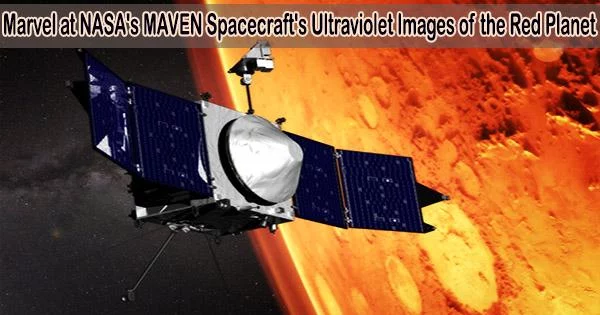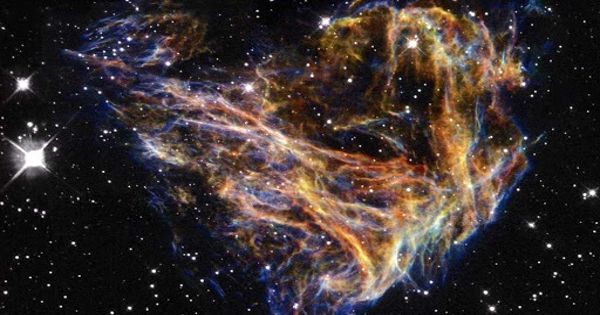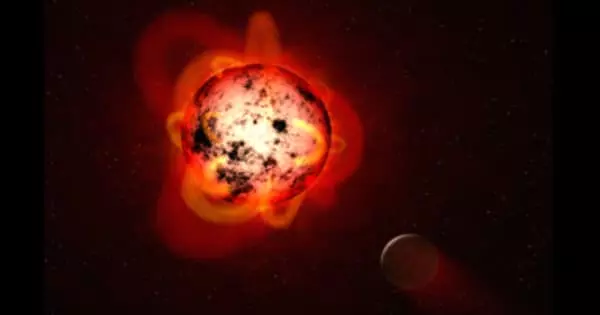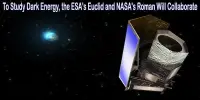Two ultraviolet photos collected at various locations throughout our neighboring planet’s orbit around the sun by NASA’s MAVEN (Mars Atmosphere and Volatile EvolutioN) spacecraft provide breathtaking views of Mars.
Scientists can observe surface features and learn about the Martian atmosphere by looking at the planet in UV wavelengths.
MAVEN’s Imaging Ultraviolet Spectrograph (IUVS) instrument obtained these global views of Mars in 2022 and 2023 when the planet was near opposite ends of its elliptical orbit.
Outside of the visible spectrum, the IUVS device measures wavelengths between 110 and 340 nanometers. The graphics are generated with the three UV wavelength ranges’ different brightness levels depicted as red, green, and blue in order to make these wavelengths visible to the human eye and simpler to understand.
In this color scheme, clouds and hazes seem white or blue, while atmospheric ozone appears purple. Depending on how the photographs have been enhanced to increase contrast and display detail, the surface may appear tan or green.
In July 2022, during the summer months in the southern hemisphere, when Mars is closest to the sun, the first image (above) was captured. Similar to how seasons change on Earth, the planet’s rotational axis tilt is what gives rise to the summer season.
Argyre Basin, one of Mars’ deepest craters, appears at bottom left filled with atmospheric haze (depicted here as pale pink). The deep canyons of Valles Marineris appear at top left filled with clouds (colored tan in this image).
White at the bottom is the southern polar ice cap, which is thinning due to the summer’s comparatively high temperatures. Water vapor is propelled to extremely high altitudes by southern summer warming and dust storms, which explains MAVEN’s observation of increased hydrogen loss from Mars at this time of year.
The second image, which shows the northern hemisphere of Mars, was captured in January 2023 after Mars had reached its orbit’s closest point to the sun. There are a lot of white clouds because of how quickly the seasons change in the north polar region. At lower left, a large number of craters can be seen along with the deep canyons of Valles Marineris.
Ozone, which appears magenta in this UV picture, has accumulated throughout the freezing polar nights of the northern winter. Then, in the northern spring, it is eliminated by chemical reactions with water vapor, which is only found in the lower atmosphere at this time of year.
MAVEN launched in November 2013 and entered Mars’ orbit in September 2014. The mission’s objective is to investigate the Martian atmosphere’s loss to space by investigating the planet’s upper atmosphere, ionosphere, and interactions with the sun and solar wind.
Understanding air loss helps researchers better understand the evolution of Mars’ climate, liquid water, and habitability. The MAVEN team is preparing to celebrate the spacecraft’s 10th year at Mars in September 2024.
















